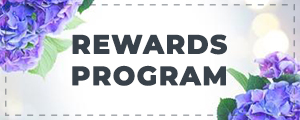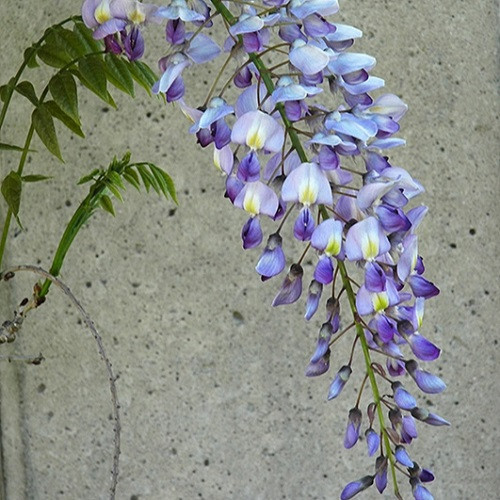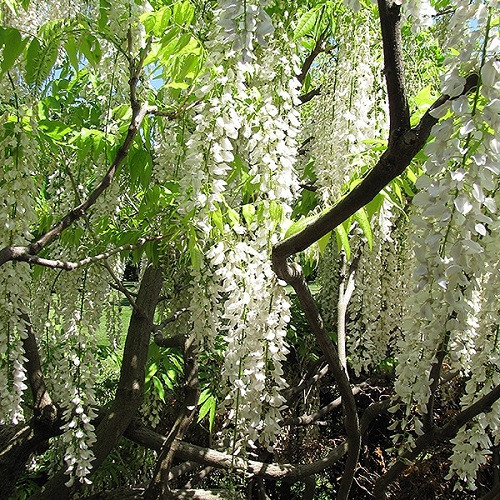| Wisteria macrostachya 'Blue Moon' |
USDA Zone: 4-9 |
The hardiest of wisteria! Dependably blooms up to three times in a growing season once established, producing beautiful, foot-long racemes of fragrant, pea-like, lavender-blue flowers. Cloaks shade arbors and structures. Ideal for arching over gateways and entries or along the top of a wall.
Blue Moon Wisteria is draped in stunning chains of fragrant lavender pea-like flowers with powder blue overtones hanging below the branches from mid to late spring. It has green foliage which emerges coppery-bronze in spring. The narrow pinnately compound leaves turn yellow in fall.
Blue Moon Wisteria is recommended for the following landscape applications;
- Hedges/Screening
- General Garden Use
Bloom Time: Late Spring, Summer
Fragrant
Reblooming
Attracts Hummingbirds
Deer Resistant
Common name: Kentucky Wisteria, Wisteria
|
Key Feature
|
Light Needs | Landscape Uses |
 |
 |
|
|
|
|
| More About Blue Moon Wisteria Vine |
| Height: 15-25 ft |
Spread: 3-6+ ft |
Flower Colour: Blue Shades |
|
This is an excellent vine for large, sturdy, freestanding arbors, pergolas, posts, trellises, fences or terrace walls, and can be particularly effective when grown near or above patios where the flowers can be enjoyed in season. This is a high maintenance woody vine that will require regular care and upkeep, and should only be pruned after flowering to avoid removing any of the current season's flowers. It is a good choice for attracting hummingbirds to your yard, but is not particularly attractive to deer who tend to leave it alone in favor of tastier treats. As a climbing vine, it tends to be leggy near the base and should be underplanted with low-growing facer plants (Hosta, Hydrangea, Spirea). It should be planted near a fence, trellis or other landscape structure where it can be trained to grow upwards on it, or allowed to trail off a retaining wall or slope. It grows at a fast rate. Note that when grown in a container, it may not perform exactly as indicated on the tag - this is to be expected. Also note that when growing plants in outdoor containers and baskets, they may require more frequent waterings than they would in the yard or garden. Be aware that in our climate, most plants cannot be expected to survive the winter if left in containers outdoors, and this plant is no exception. NOTE: Some flowers and plants may be harmful or poisonous to people or pets if touched or ingested. If you require more information before placing an order, please let us know in advance. |










